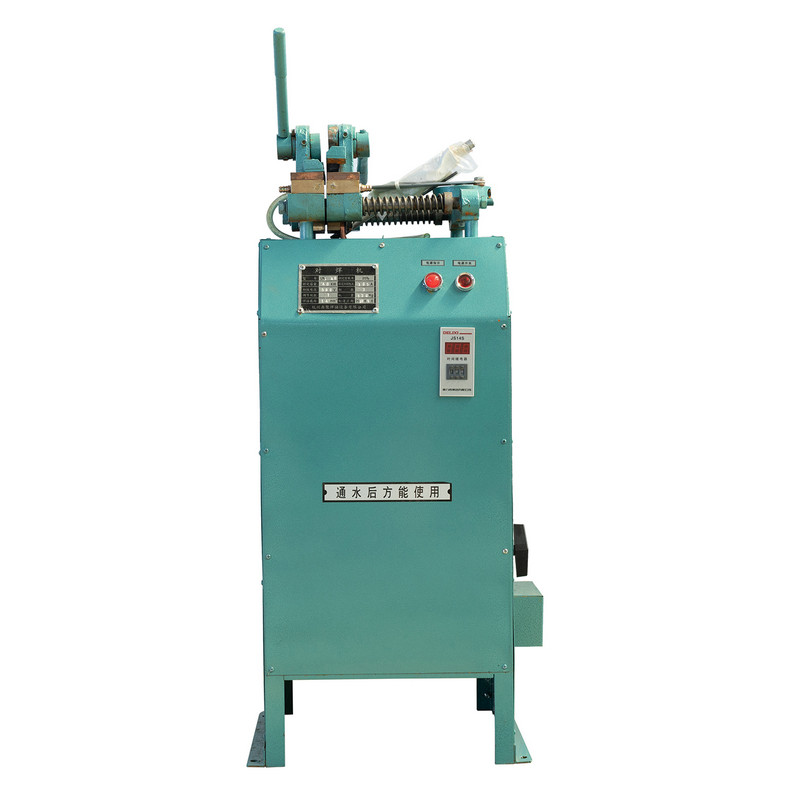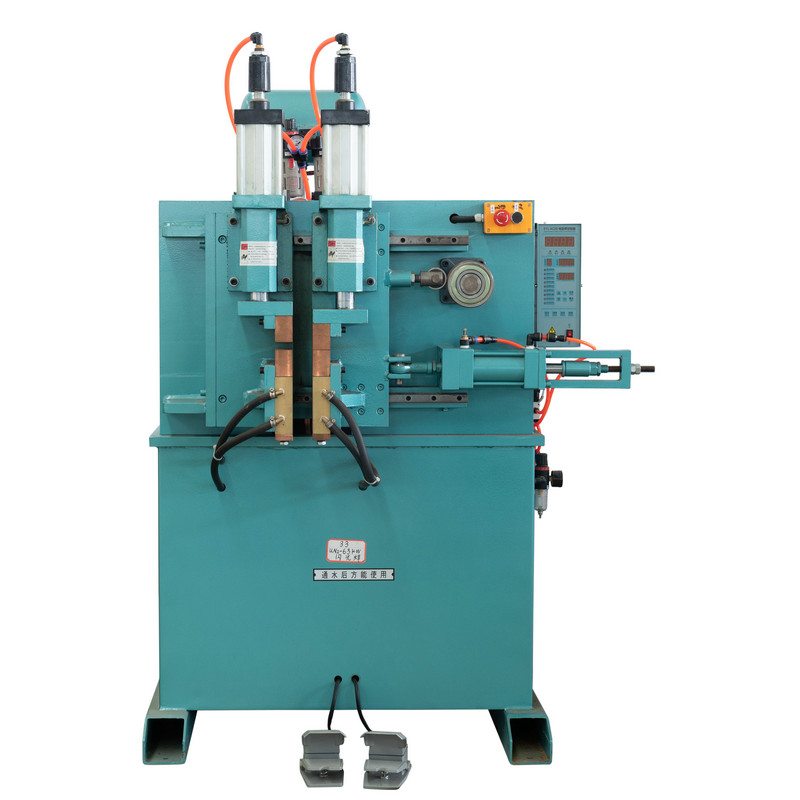1. Manual-Driven Welding Equipment: A Legacy System Facing Precision Challenges
1.1 Operator Dependence Undermines Welding Consistency
Traditional Welding Machine Equipment relies heavily on the skill level and experience of individual welders. Each weld is subject to variation in speed, angle, and current settings based solely on human judgment, making consistency across welds nearly impossible—even for seasoned professionals.
1.2 Human Limitations Introduce Instability Under Real-World Conditions
Welding is a physically demanding and mentally taxing task. Welders are susceptible to fatigue, emotional fluctuations, and environmental stressors such as temperature and noise, all of which can lead to minor operational deviations that significantly impact weld integrity.
1.3 Lack of Standardization Hinders Process Control and Repeatability
Because the manual welding process lacks precise, standardized control over parameters, even minimal discrepancies from one weld to another result in inconsistent quality. This limits the scalability of production and elevates the risk of defects in critical components.

2. Escalating Industry Demands Highlight Structural Limitations
2.1 Quality Requirements in High-Stakes Industries Expose Critical Gaps
Modern sectors such as automotive and aerospace impose extremely high welding standards. Inconsistent or defective welds can compromise vehicle crashworthiness or flight safety, creating a stark mismatch between traditional welding outputs and industry expectations for zero-defect manufacturing.
2.2 Efficiency Constraints Limit Production Agility in Competitive Markets
Manual welding struggles to keep pace with the rapid delivery timelines and production scalability required by today’s high-speed manufacturing. The slow, labor-intensive nature of traditional welding prevents manufacturers from responding flexibly to surges in demand or just-in-time delivery models.
2.3 Environmental and Health Regulations Amplify Operational Risks
The smoke, heat, and noise generated during manual welding not only pollute the production environment but also pose direct health hazards to welders. Increasingly stringent environmental regulations demand cleaner, safer processes—requirements that traditional welding methods are ill-equipped to meet.

3. Intelligent Welding Systems: A Strategic Leap Toward Precision and Efficiency
3.1 Real-Time Data Monitoring for Dynamic Process Control
Intelligent welding systems integrate sensors that continuously capture real-time data on voltage, current, temperature, and arc speed. This transforms the equipment from a passive tool into an actively sensing device capable of immediate response to fluctuating process variables.
3.2 Automated Control Systems Deliver Repeatable, High-Quality Welds
By incorporating advanced computer control systems, modern welding machines are now capable of executing complex weld patterns with pinpoint accuracy. These systems eliminate the variability introduced by human operators, ensuring repeatable and reliable results across all welding tasks.
3.3 AI-Driven Predictive Intelligence Enhances Quality Assurance
Artificial Intelligence algorithms learn from vast datasets of previous welding operations to identify parameter-quality correlations. These insights enable predictive defect detection and proactive adjustments during welding, significantly reducing the risk of flaws and optimizing output in real time.













